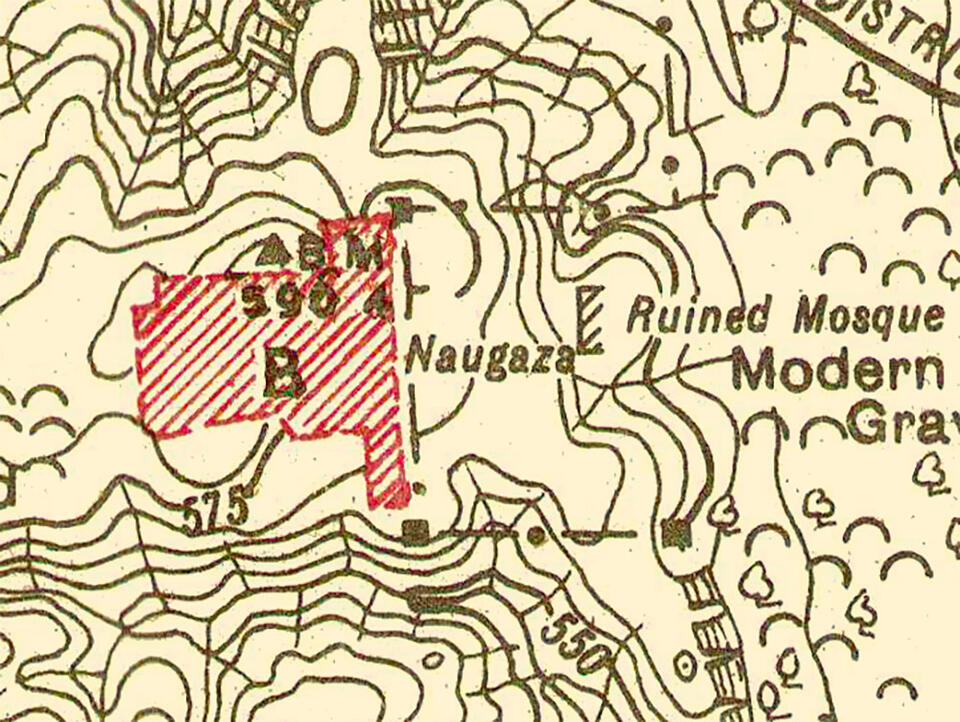Dr. Guha goes through the epistemology governing each period's research and framing of the Indus Civilization with respect to those civilizations around, and those closer to home. "The palpable materiality of archaeological 'facts' regarding civilizational origins, legacies, and traditions add to misleading assumptions, which are also conveyed through the archaeological literature, that heritage is latent and lends to discovery through innovative research methodologies. Hence, my aim here is to bring to focus the agency of the archaeological episteme within heritage-making enterprises" (p. 39).
From the colonial historians, to more recent American archaeologists like Fairservis, Shaffer and Kenoyer, she discusses the models and frameworks they use to explain the facts and discoveries they weave into a larger story of cultural development (or not). "In questioning the various constructs of archaeological traditions," she writes, "which also shine upon as cultural legacies of the Indus Civilization towards the uniqueness of South Asia's civilizational tradition, we may note that tradition has been given new theoretical orientations within the scholarship of archaeology during the twenty-first century" (p. 65). How do we say a style is similar and what does that mean for explaining why? How do styles and people or races or kinship groups relate to each other? This article helps manifest the many important theoretical questions and lenses that are at play when we look into the deep past, and try to connect it to what are ways of conceptualizing today's identities and categories of human relationships.
In short, the author tries to make us aware of the inability of researchers today to understand how ancient Indus peoples - the many peoples who might have been part of that tradition - viewed themselves; the enormous gaps in our knowledge of those times; and the ease with which we see continuities where there might be few or none.
Originally published in The Complex Heritage of Early India: Essays in Memory of Ram Sharan Sharma (2014).
Image: Close-up of Excavations at Mound AB at Harappa, from Madho Sarop Vats, Excavations at Harappa, Delhi, 1940.

